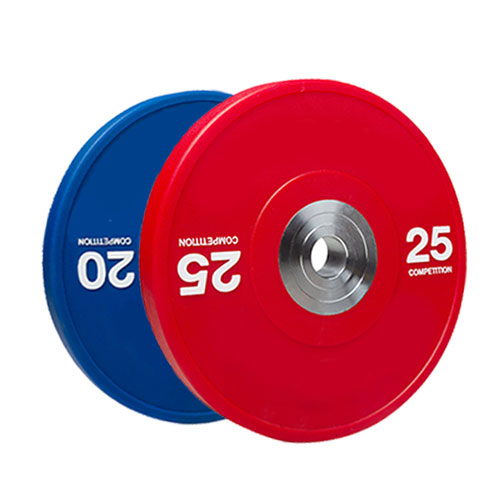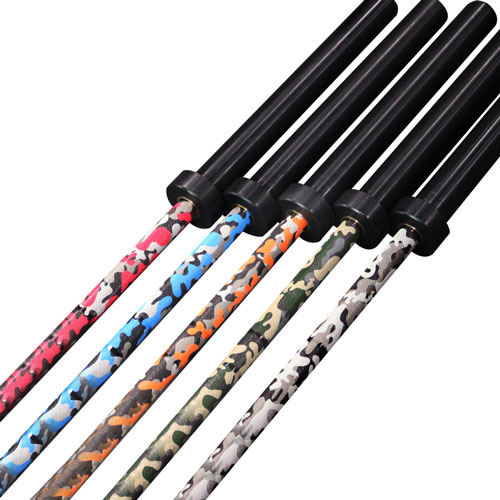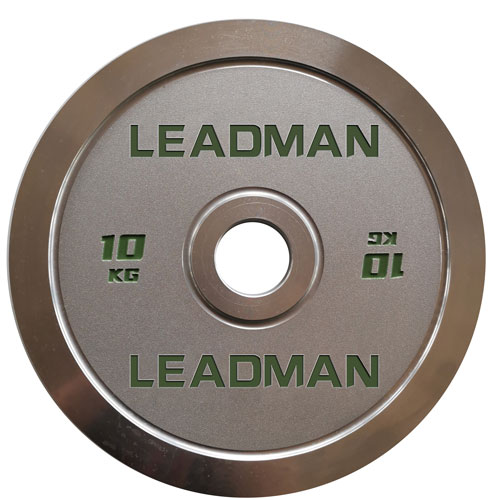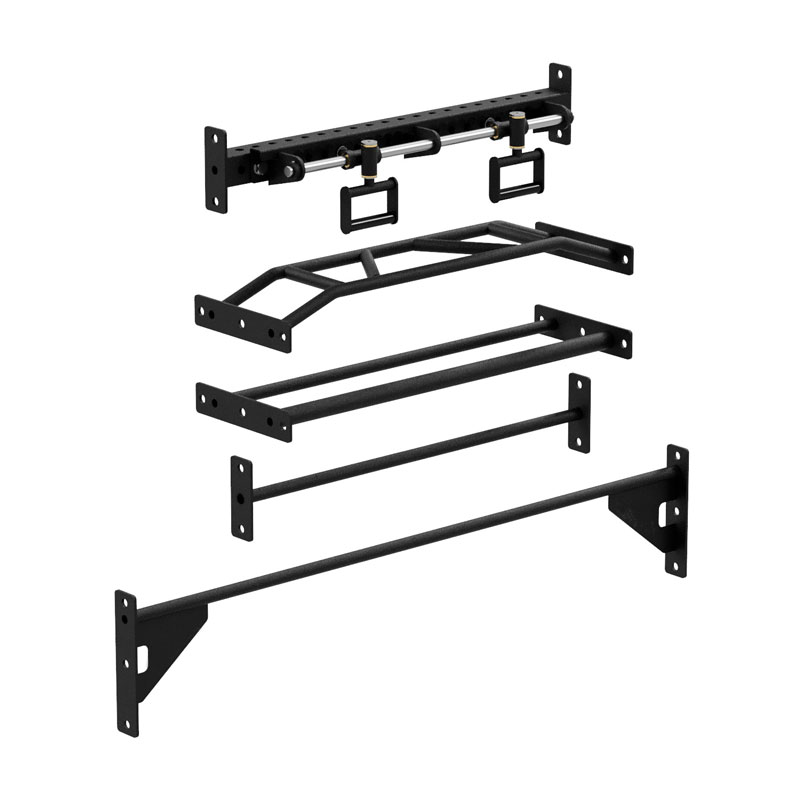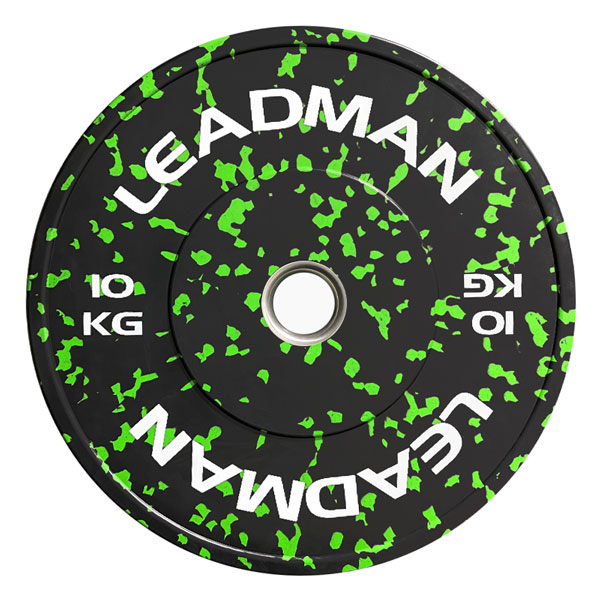Can You Squat with a EZ Curl Bar
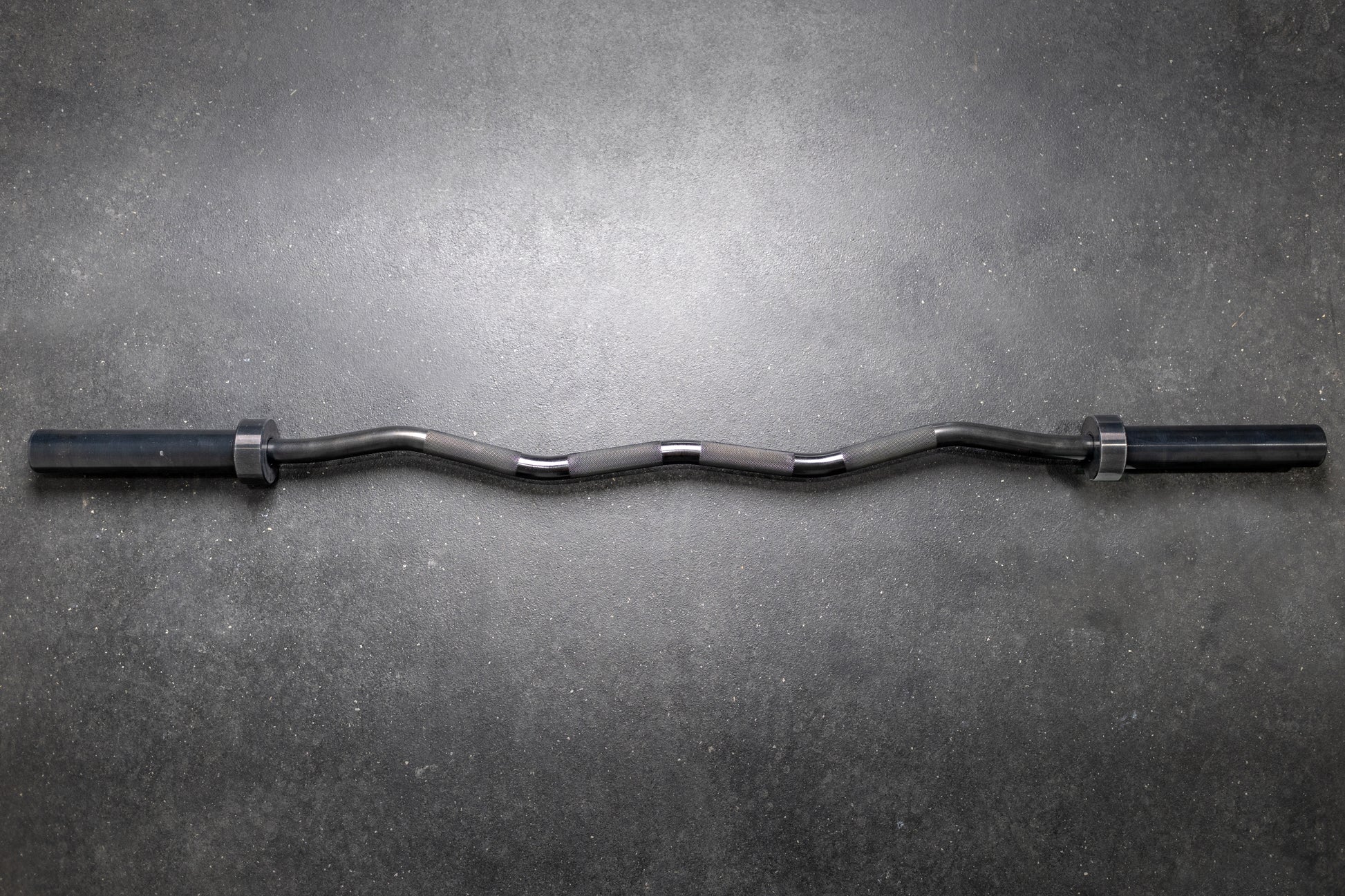
In the realm of strength training, squats reign supreme as a foundational exercise that engages multiple muscle groups. While barbells and dumbbells are the most common tools for squatting, curl bars offer a unique alternative with their curved design. This begs the question: Can you squat with a curl bar? The answer is a resounding yes, albeit with certain modifications to ensure safety and effectiveness.
1. Fitness Goals
Understanding your fitness goals is crucial when deciding whether to incorporate curl bar squats into your routine. Whether you aim to build muscle, improve balance, or enhance core strength, curl bar squats can be a valuable addition to your workout regimen.
Benefits of Squatting with a Curl Bar
Utilizing a curl bar for squats offers several advantages:
- Improved Balance and Stability: The neutral grip of a curl bar allows for a more balanced hold compared to a barbell. This enhances stability and reduces the risk of losing balance during the lift.
- Enhanced Core Engagement: The unique grip position of a curl bar engages the core muscles to a greater extent than traditional squats. This improves core strength and overall stability.
- Reduced Strain on Wrists: The angled handles of a curl bar minimize wrist strain, making it a more comfortable option for individuals with wrist issues or injuries.
Considerations When Squatting with a Curl Bar
Before incorporating curl bar squats into your routine, consider the following:
- Use of Safety Bars or a Spotter: Curl bar squats require proper technique to prevent potential injuries. Using safety bars or a spotter can provide added stability and assistance during heavy lifts.
- Proper Positioning of the Curl Bar: The curl bar should rest on the upper trapezius muscles, just below the neck. Ensure the shoulder blades are retracted and the chest is lifted.
- Modifications for Different Body Types: Taller individuals may need to widen their stance and grip the curl bar lower on their back. Conversely, shorter individuals may need a narrower stance and grip the bar higher.
How to Squat with a Curl Bar (Step-by-Step Instructions)
Follow these detailed instructions to perform curl bar squats safely and effectively:
1. Setup
- Place the curl bar on a power rack or safety stands at a height that aligns with the upper trapezius muscles.
- Stand facing the bar with your feet shoulder-width apart, toes slightly turned outward.
- Grip the curl bar with an overhand or neutral grip, hands shoulder-width apart.
2. Descent
- Inhale and slowly lower your body into a squat position by bending your knees and hips.
- Maintain a neutral spine and keep your torso upright.
- Continue lowering until your thighs are parallel to the floor.
3. Ascent
- Exhale and push through your heels to return to the starting position.
- Keep your chest lifted and your core engaged.
- Extend your knees and hips to a fully upright position.
Variations of Curl Bar Squats
In addition to the basic curl bar squat, several variations exist to target specific muscle groups or address different needs:
- Goblet Squats: Hold the curl bar in front of your chest, with your palms facing your body.
- Zercher Squats: Hold the curl bar in the crook of your elbows, with the bar resting on your chest.
- Landmine Squats: Attach one end of the curl bar to a landmine attachment and perform squats in a single plane of motion.
Safety Tips for Curl Bar Squatting
Prioritizing safety is paramount when performing curl bar squats:
- Warm-up Exercises: Begin with dynamic stretches and light weight training to prepare your muscles for the load.
- Proper Form and Technique: Maintain proper form throughout the movement to avoid injuries.
- Rest Periods and Recovery: Allow adequate rest between sets and ensure sufficient recovery time between heavy lifting sessions.
Muscle Groups Targeted by Curl Bar Squats
Curl bar squats effectively engage the following muscle groups:
- Quadriceps
- Hamstrings
- Glutes
- Core
Alternatives to Curl Bar Squats
While curl bar squats offer unique benefits, several alternative exercises can also target similar muscle groups:
- Barbell Squats: These are the classic squats performed with a barbell resting on the upper trapezius muscles.
- Dumbbell Squats: Holding dumbbells in each hand at shoulder height targets the quadriceps and hamstrings.
- Bodyweight Squats: These involve squatting without any external weight, making them suitable for beginners or individuals with limited equipment.
FAQ about Curl Bar Squats
1. Can beginners perform curl bar squats?
Yes, beginners can perform curl bar squats, but it's essential to start with light weights and focus on proper form to avoid injuries.
2. How does squatting with a curl bar differ from traditional squats?
Squatting with a curl bar offers a more neutral grip, which can reduce wrist strain and improve balance. It also engages the core muscles more effectively.
3. What are the safety precautions for curl bar squats?
Always use safety bars or a spotter, maintain proper form, and ensure adequate warm-up and recovery periods to prevent injuries.
4. Can curl bar squats replace traditional squats?
While curl bar squats offer unique benefits, they should complement rather than replace traditional squats to ensure a well-rounded workout routine.
Conclusion
Squatting with a curl bar is an effective variation that enhances balance, core engagement, and wrist comfort. By considering the modifications, variations, and safety tips outlined in this post, you can safely incorporate curl bar squats into your strength training regimen to reap their numerous benefits. Remember, proper form and gradual progression are key to maximizing results while minimizing the risk of injuries.
Table: Comparison of Squat Variations
| Exercise | Primary Muscles Targeted | Equipment Needed | Difficulty Level |
|---|---|---|---|
| Curl Bar Squats | Quadriceps, Hamstrings, Glutes, Core | Curl Bar | Intermediate |
| Barbell Squats | Quadriceps, Hamstrings, Glutes | Barbell | Intermediate to Advanced |
| Dumbbell Squats | Quadriceps, Hamstrings | Dumbbells | Beginner to Intermediate |
| Bodyweight Squats | Quadriceps, Hamstrings | None | Beginner |

